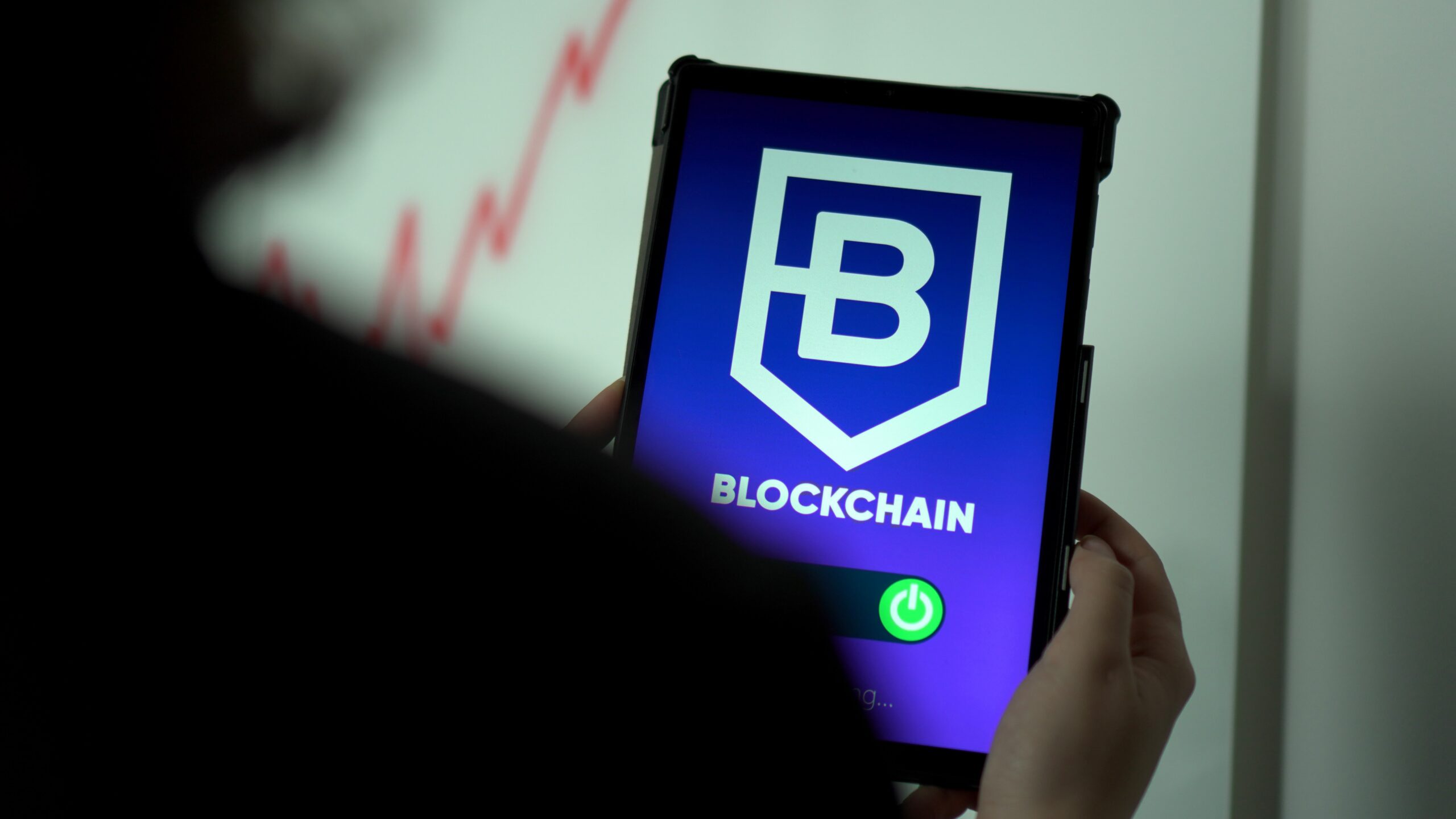Create Anything Using RMRK’s NFT Editor
Tokens can now have numerous uses, including the ability to store and own digital objects, thanks to the work of the startup RMRK (remark), which developed the namesake set of NFT standards. We discuss the capabilities of RMRK as well as the applications that make use of it,...

Tokens can now have numerous uses, including the ability to store and own digital objects, thanks to the work of the startup RMRK (remark), which developed the namesake set of NFT standards.
We discuss the capabilities of RMRK as well as the applications that make use of it, including online markets, online games, and social networks based on the Subsocial platform.
The Importance of Standards in Blockchain
One definition of a standard is “a document containing rules and standards for products, procedures in organizations, the interaction of components of multiple systems, and a great deal more.”
These kinds of documents can be found in virtually every facet of human endeavor, including the technologically advanced sectors of the economy. One example is the Universal Serial Bus (USB), which is a specification that standardizes the types of connectors and cables, as well as power consumption and communication protocols. Device manufacturers are obligated to follow the guidelines, as failure to do so will result in the creation of goods that are incompatible with one another.
The Merkle tree, which is used for verifying the legitimacy of transactions; a BIP-39 dictionary, which is used for generating mnemonic phrases; an account, which is used as a unit of data storage; and token standards, which ensure that digital assets are compatible with decentralized applications (dapps).
ERC-20, which is one of the most well-known standards for smart contracts, specifies the requirements for functions that must be implemented in order to send tokens, read balances, and issue authorization for transactions. The developers of decentralized applications (dapps) provide handlers for these functions so that users can interact with any assets that belong to this architecture.
The RMRK System
RMRK is a set of standards for EVM blockchains and the Kusama network. It is made up of nine individual specifications, or “legos.” These specifications can be combined in a variety of ways to create tokens with individualized characteristics.
In order to make the NFT RMRK available for use, the developer first places on the network an elementary smart contract known as the base, which is responsible for the generation of tokens and the maintenance of balances. The developer then places legos on the network that contain the following capabilities:
- Nested (combinable): Being able to put other NFTs inside it;
- Multi-resource (multiresource) is the binding of different types of objects, such as an image, video, audio file, or 3D model.
- Equippable: A property or look can be changed by “putting on” compatible NFTs;
- On-chain emotes, or on-chain emoji, show how users feel;
- Conditional rendering, also called “rendering by condition,” changes the way something looks based on whether it is on-chain or off-chain.
- NFTs as DAO: separation and joint management of NFTs;
- Non-transferable (tokens without the right to transfer): sending to a different address is not allowed;
- Provable digital scarcity (provable digital scarcity) is a rule that says a token can’t be used in more than one project at the same time;
- Ownership of experience is the history of how people have used the blockchain ecosystem and how it has changed over time.
The new rules are meant to make NFTs more valuable and encourage more people to buy them, for example:
- Using Multi-resource and Ownership of experience, you can make NFT characters that keep their equipment and progress when the token is moved to another project or given to a new owner;
- Ownership of experience lets tokens show an attached image over time. When using On-chain emotes, the likes of users from different projects are added up on one NFT and shown in all applications and wallets.
The Prospects for RMRK Standards in the Future
The RMRK roadmap states that the project will soon improve the NFT’s prospects and economic characteristics.
Developers put these mechanics into practice:
- Any user may add their token to an existing collection in public collections; on-chain royalties and trading; artists may independently issue NFTs, sell them, and receive royalties in the face of a market; and temporary sending; the owner may rent the token without the use of external smart contracts.
- In addition, RMRK intends to enhance current Lego sets and expand the Singular marketplace. For instance, developing a Multi-resource NFT Base definition to enable token holders to bind several bound objects to tokens.
The Bottom Line
As user demands evolve and technology advances, standards inevitably shift to accommodate them. Despite the fact that ERC-721 was responsible for the creation of a market for digital art, the use of the standard was restricted to the sale of links to images.
RMRK gives you the ability to broaden the scope of the possibilities offered by blockchain games, social networks, DeFi, and other applications. Previously, mechanisms such as evolution and customisation were only accessible through centralized backends. The standards integrate these mechanisms.
